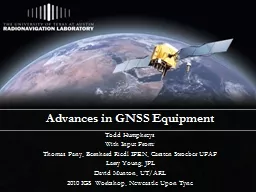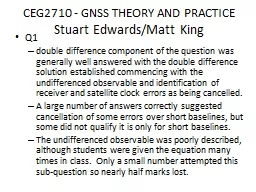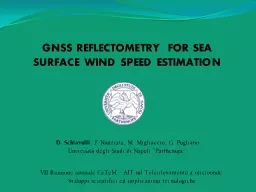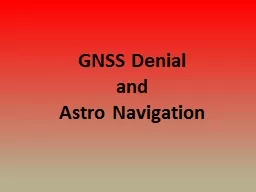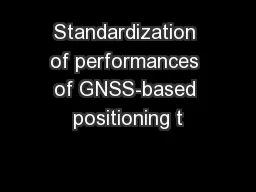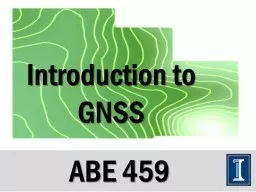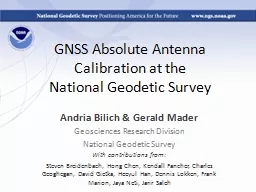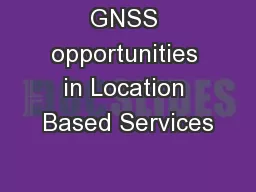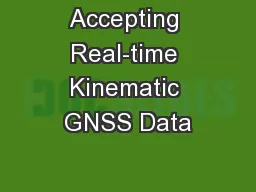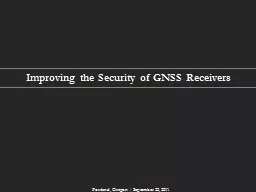PPT-Advances in GNSS Equipment
Author : joanne | Published Date : 2021-01-27
Todd Humphreys With Input From Thomas Pany Bernhard Riedl IFEN Carsten Stroeber UFAF Larry Young JPL David Munton UTARL 2010 IGS Workshop Newcastle Upon
Presentation Embed Code
Download Presentation
Download Presentation The PPT/PDF document "Advances in GNSS Equipment" is the property of its rightful owner. Permission is granted to download and print the materials on this website for personal, non-commercial use only, and to display it on your personal computer provided you do not modify the materials and that you retain all copyright notices contained in the materials. By downloading content from our website, you accept the terms of this agreement.
Advances in GNSS Equipment: Transcript
Download Rules Of Document
"Advances in GNSS Equipment"The content belongs to its owner. You may download and print it for personal use, without modification, and keep all copyright notices. By downloading, you agree to these terms.
Related Documents

